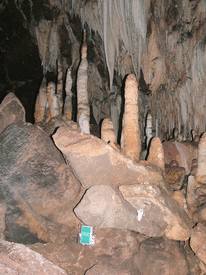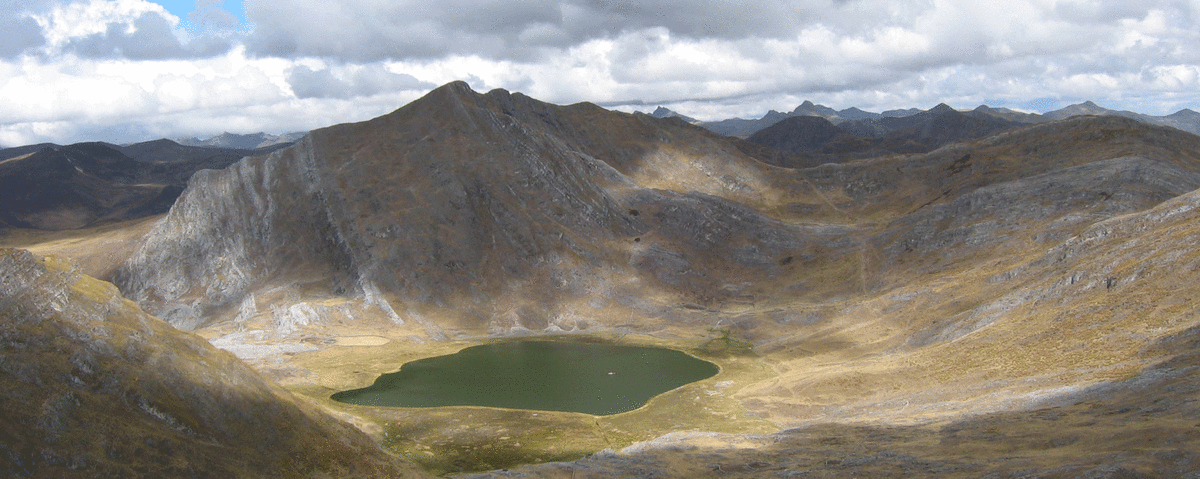A research project that has taken shape for more than a decade and analyzed data gathered by hundreds of scientists from around the world has published results in the Proceedings of the National Academy of Sciences that contribute to a greater understanding of our climate
The article titled “Interhemispheric Antiphasing of Neotropical Precipitation During the Past Millennium”, details how analysis of climate records for the last 1000 years reveals the effects of external forcing on the Intertropical Convergence Zone (ITCZ), also known as the tropical rain belt.

Lead researcher Byron Steinman is a paleoclimatologist from the University of Minnesota Duluth and worked with Nathan Stansell from Northern Illinois University and Michael Mann from Pennsylvania State University. The goal of their work is to contribute to our understanding of the ITCZ in relation to the climate of the Americas. The rain belt is an atmospheric phenomenon that follows ocean warmth and leads to seasonal precipitation fluctuations over the northern and southern tropics.
“Given that much of the developing world is in the tropics and a great deal of subsistence farming takes place there, if the rain belt shifts, it will have a huge impact on the economies of these areas,” said Steinman. “People living in the tropics are particularly vulnerable to changes in precipitation. We’ve already seen in recent years the devastating effects of a prolonged drought in Central America causing economic distress and a refugee crisis.”
By studying how the climate has behaved in the past, Steinman aims to better understand how the climate may behave in the future. Using state-of-the-art statistical methods, the researchers focused on analyzing data from a 1000-year period before the Industrial Revolution, to examine more specifically, how the ITCZ changed during the Little Ice Age from 1450 to 1850.
Study co-author Stansell said, “This work highlights the power of combining numerous paleoclimate records with advanced statistical methods to better understand how the climate system varied in the past. As these records continue to be developed, we are able to see past climate changes in much greater detail. It’s really exciting to see these records emerge.”
The scientists found that the rain belt over the neotropical region of Central and South America shifted southward during the Little Ice Age when climate was cooler due to more frequent explosive volcanic eruptions. “Conversely, this would suggest that when our climate warms, it would shift the rain belt further north,” added Steinman, “But the ITCZ isn’t necessarily going to behave the same way in the future, so there’s still a lot left to figure out.”
According to Steinman, this is the most comprehensive analysis of paleoclimate records of the tropical Americas

from Juxtlahuaca
Cave, Mexico used
to determine
precipitation amounts
over the past
millennium.
Image provided by Matthew Lachniet
conducted thus far. He said, “It’s just one piece of a giant puzzle being put together by hundreds of scientists studying paleoclimate records from lake and ocean sediment samples, cave deposits, and ice cores.”
“The implications of this kind of research are profound, and it’s super important we better understand these climateprocesses given that billions of people’s well being depends on how the climate will change,” said Steinman. “We’re already seeing changes taking place. This isn’t something future generations will need to worry about; it’s happening right now.”
Similar research conducted in other parts of the world show the rain belt responding to external forcing in different ways. “We continue to learn about the complex dynamics of the climate system and how it responds to external drivers,” said study co-author Mann. “This study helps inform our understanding of how climate change might impact rainfall and drought patterns in a vulnerable, populous region of the world.”
Photo caption: Oxygen isotopes in sediment from Laguna Pumacocha, Peru provide a record of past precipitation changes. Image provided by Broxton Bird.
